What Needle + Thread To Use For Sewing Lingerie


Okay, so you’ve got your fabric, lining, elastics and notions for your next lingerie project. You’ve cut out your pattern and figured out what elastic should be used where. If you’re a good sewist, you’ve read through the instructions already. If you’re a sewist like me, you said to yourself, “I’ll figure it out along the way” :) Then, you sit down at your sewing machine and this pops into your head – “Oh sh**!? Do I need a special needle and thread?” Heck yeh, you do, and in today’s blog post, I’m going over the type of needles and thread I use for sewing lingerie.
NEEDLE:
First, it’s important to understand the types of needles for sewing machines and what makes them different from each other. It’s important to note that I am referring to needles for sewing machines, not needles for hand sewing. There are many types of needles for sewing machines – universal, ballpoint, stretch, microtex, embroidery, overlock and more. Each one of them have a different scarf – okay, now you’re probably thinking, “What the bejesus is a scarf?” Basically, it’s an indentation on the back/lower side of the needle that allows the bobbin hook to smoothly grab the thread under the throat plate to create a proper stitch. The indentation for each type of needle is a specific shape/length so that it will pick up the thread in the bobbin. If it isn’t, you can experience skipped stitches, damaged fabric due to snagging, needle plate damage, etc. Below is a diagram from Google images that shows different types of needles and their scarfs.
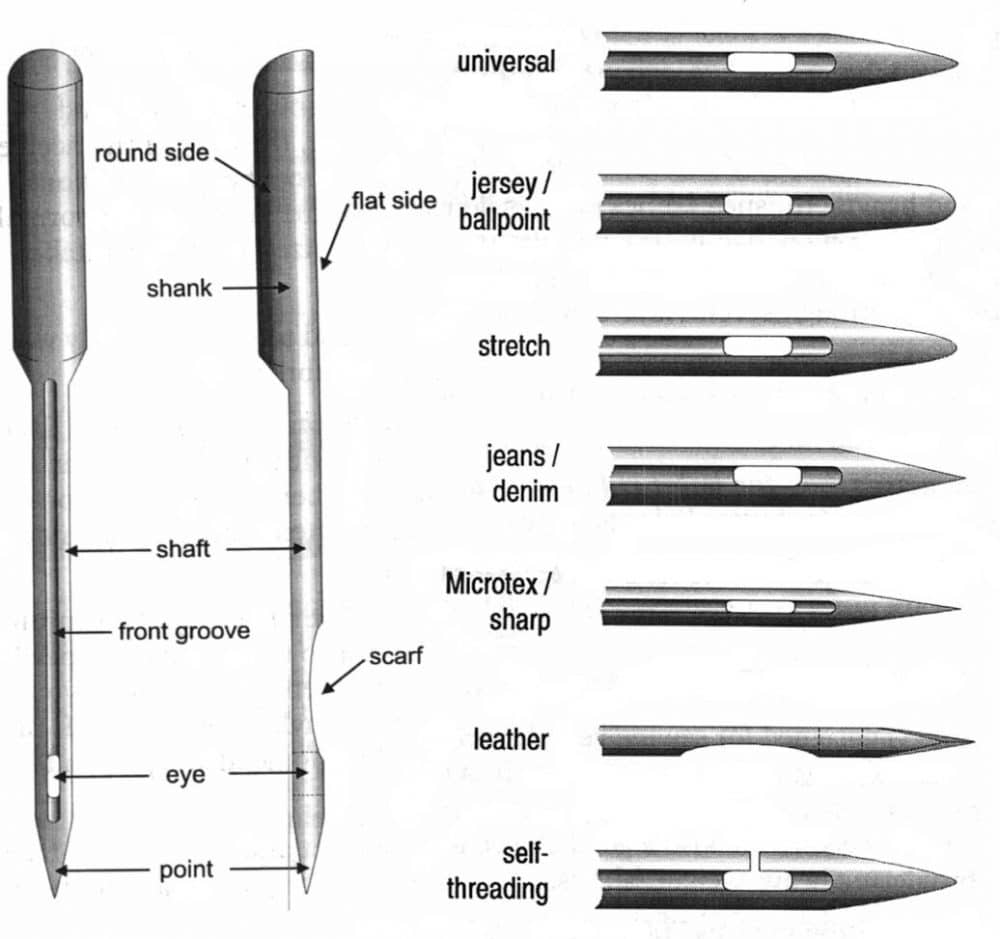

For lingerie, there are 3 types of needles I use – stretch, microtex and universal:
- Stretch: Have a special eye and scarf designed for extremely stretchy fabrics and elastic. For lingerie sewing, I use it when sewing stretch lace, stretch mesh, picot plush elastic, strap elastic, or anything stretchy with spandex or lycra. I use size 70/10 when sewing fine or 1-ply of fabrics and increase to 80/12 when sewing through elastics and fabrics.
- Microtex/Sharp: Even though stretch needles are designed for stretchy fabrics, I have more luck/less skipped stitches with microtex/sharp needles, especially when sewing powernet. I use size 70/10 when sewing fine or 1-ply of fabrics and increase to 80/12 when sewing through elastics and fabrics. Sometimes when sewing powernet, I have to increase to 90/14 to prevent skipped stitches.
- Universal: Have a slightly rounded tip. It is a general-purpose needle that is used on wovens and some sturdy knits. For lingerie sewing, I use it when sewing plush underwire channeling and hooks + eyes. I use size 80/12 or 90/14.
There are 2 brands that most sewists use – Organ and Schmetz. It’s like Coke versus Pepsi. Some people are diehard for one brand, while others use both. As a brand ambassador for PFAFF, I only sew on their brand of machines, and they have a specific brand of needles – INSPIRA. I have used Organ and Schmetz in their machines, but their brand works the best, so I try to stick to that.
Click here to shop Organ and Schmetz needles on Madalynne’s Bra Making List on Amazon!
THREAD:
Polyester: I’ll put this briefly – cotton thread doesn’t stretch, poly thread does. Well, it isn’t as stretch as lingerie fabrics, but it does have “give”.
Superior Threads Bottom Line Thread: A quick look at Superior Threads website and it’s obvious that they know their threads. They have almost every type for almost every kind of project – silk, cotton, metallic, fusible, water soluble and more. Their Bottom Line thread is a lint free, lightweight blending thread that becomes virtually “invisible” on light/pastel fabrics. It’s for sewists who don’t want their thread to show and/or don’t like monofilament thread, which has a sheen. I use it most often during bra workshops and when sewing a lot of samples of a light color at the same time. Students and myself don’t have to change the thread/bobbin when switching from blush pink to white or cream color fabric/elastics. This thread will blend in with all of them. It is available in 55 colors and can also be used in quilting, applique and for binding.
Woolly Nylon: I’ve knew about woolly nylon thread for years, but was hesitant to start using it. As the name suggests, it is made from nylon fibers, which results in a stitch that stretches and recovers, provides more coverage and has a softer touch. That’s the perfect equation for lingerie, which needs to stretch as well as needs to be gentle on the skin. Although it can be used in a sewing machine, I have only used it in the lower loopers of my serger. It’s more expensive than polyester or cotton, but it’s worth it.
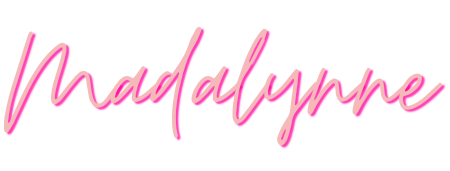
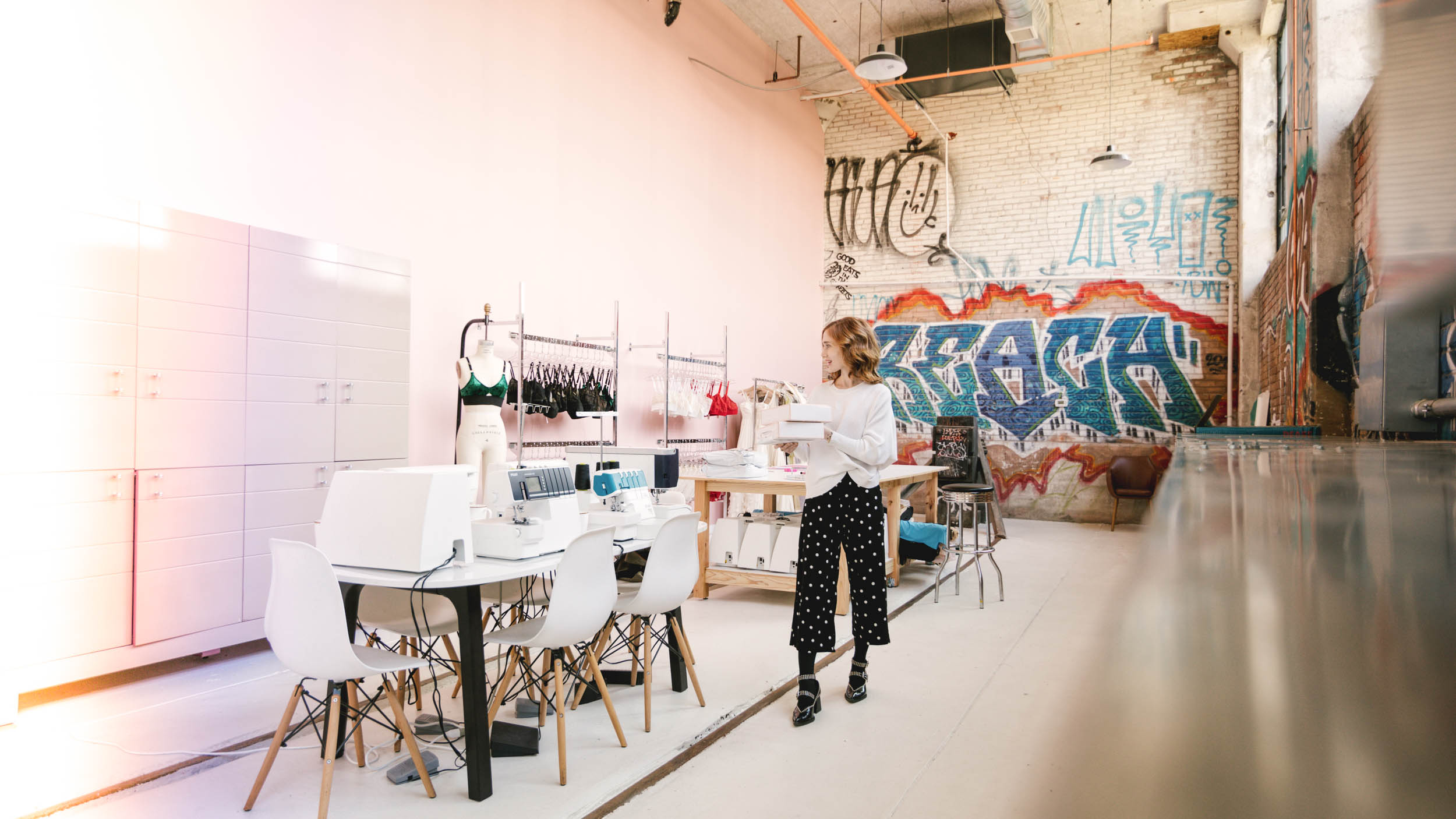
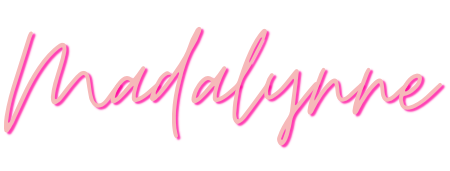
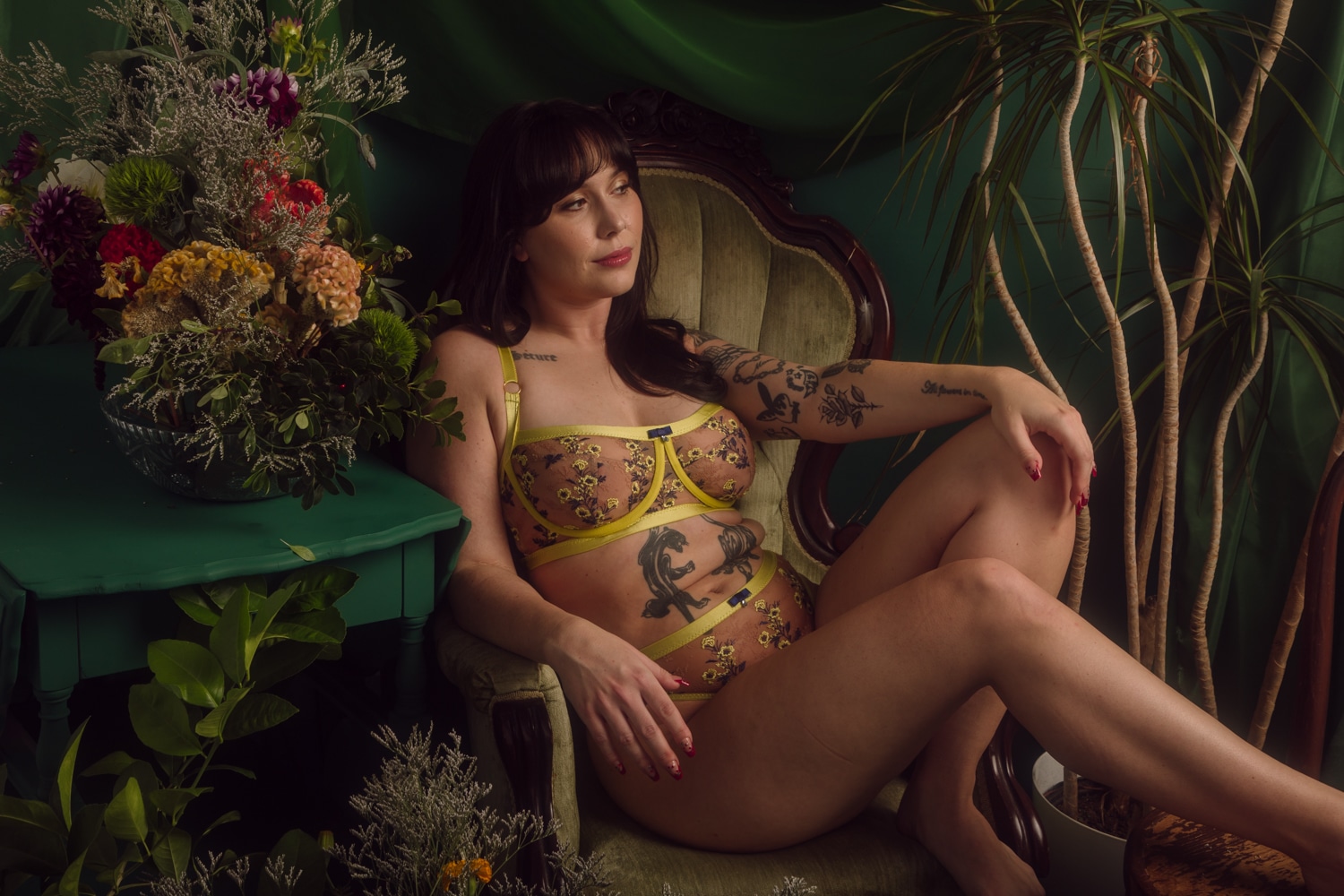
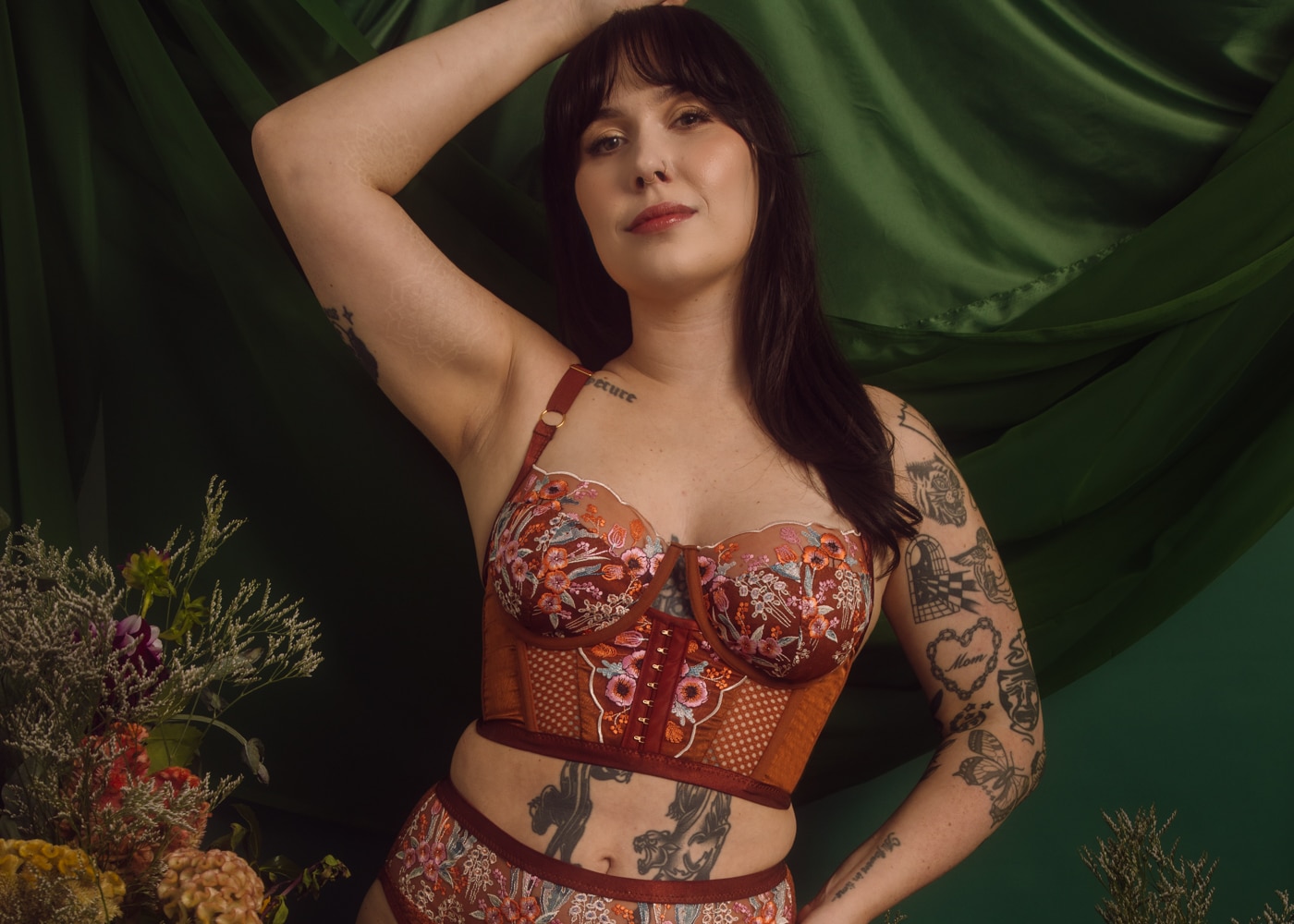
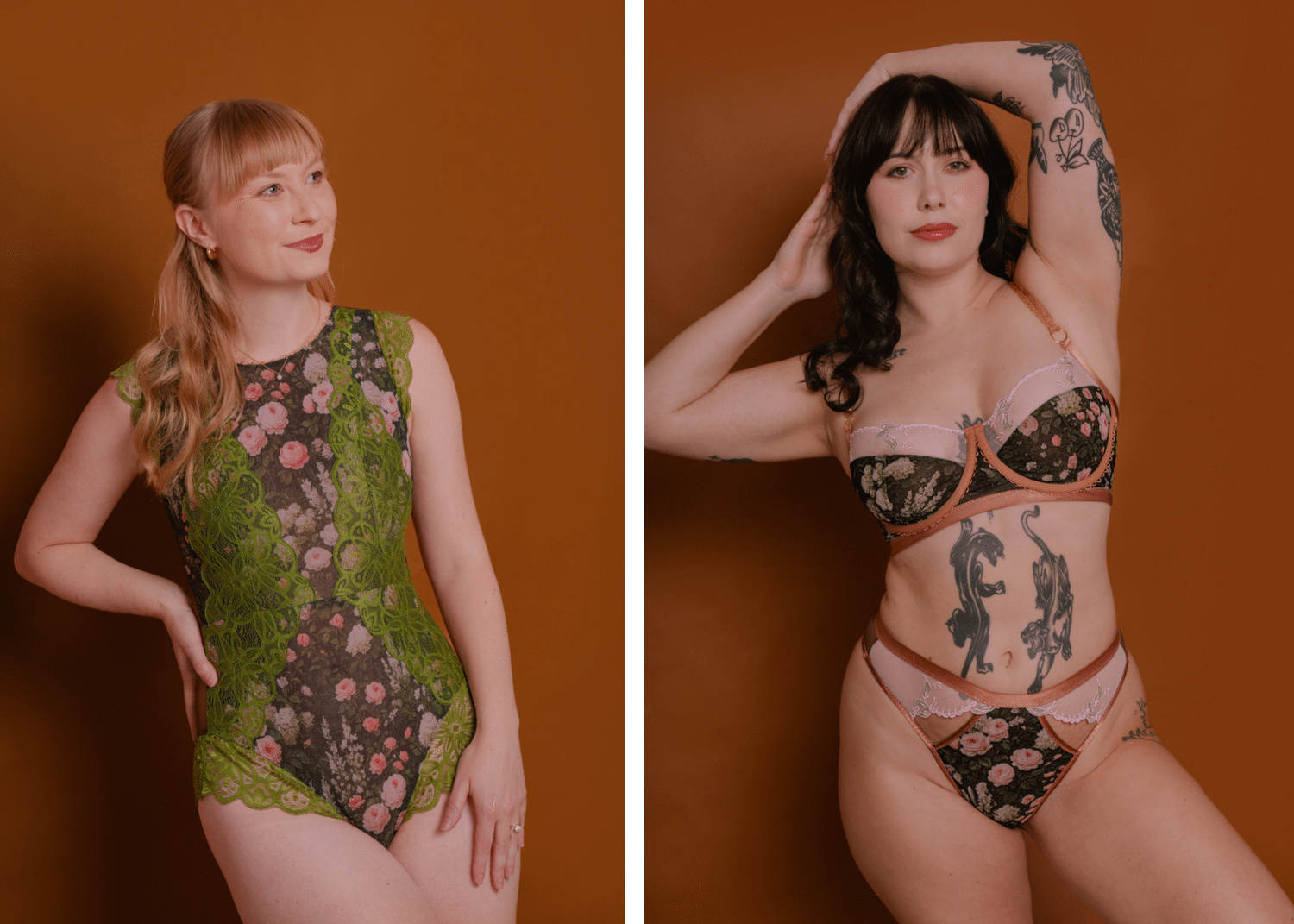

No Comments